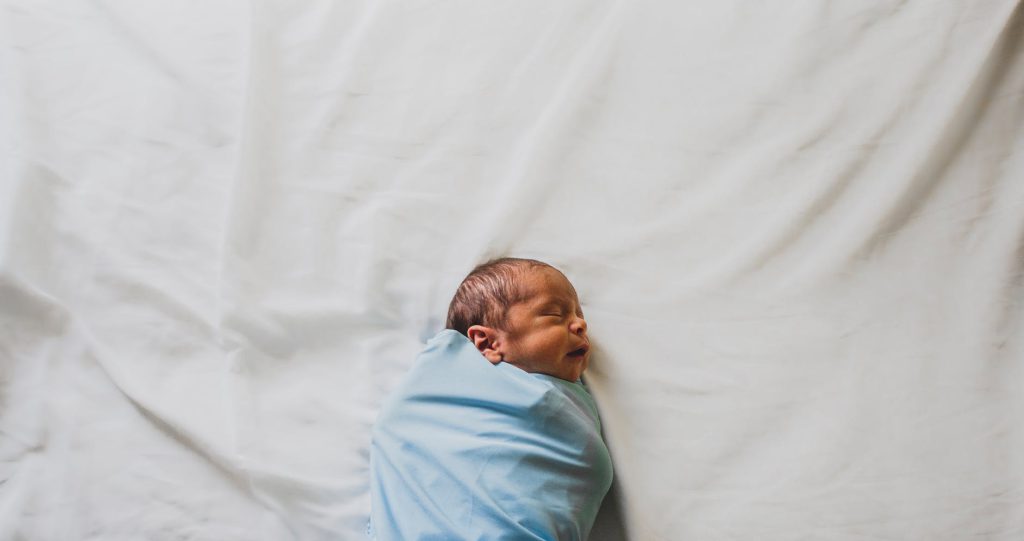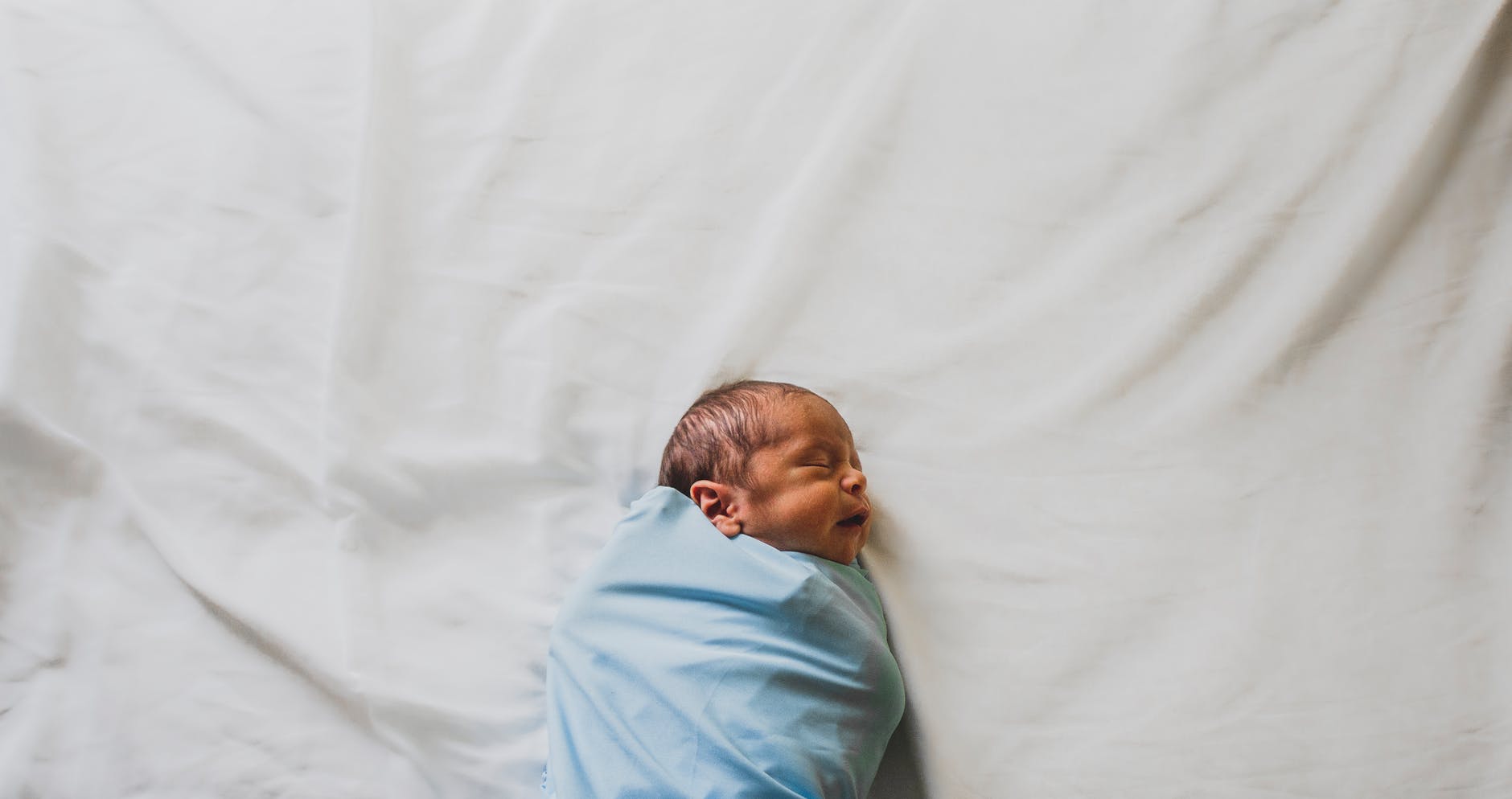Children of all ages can undergo the circumcision procedure at a clinic. The first step is to register your child for a consultation. During the consultation, the parents will be brought to a private room, where a pediatric urologist or urology nurse practitioner will discuss the procedure with them. The doctor will also go over the risks and benefits of circumcision, as well as the alternatives to circumcision.
Circumcision Clinic
Pain control is crucial for the patient’s comfort, so local anesthetic and swaddling can be used as needed. Tylenol (acetaminophen) should not be used to relieve pain. In some cases, a local anesthetic is also administered. The circumcision process can take anywhere from fifteen to thirty minutes. The parents will be given instructions about aftercare and the process.
The child can resume normal activities immediately after the procedure. Most of the children are allowed to go back to work a few days after circumcision. Others will need to take a few weeks off work. The doctor will give instructions to the child about their aftercare. The procedure generally takes about 15 minutes. After the circumcision, the child is given detailed instructions to take care of themselves. The doctor will provide directions to the Circumcision Clinic.
The procedure of circumcision is performed with local anesthetic. This allows the patient comfort. The pain relief is temporary. The doctor may administer acetaminophen (Tylenol) or sugar solution. To reduce pain, a general anesthetic may also be used during the circumcision procedure. After the circumcision, the child will receive detailed instructions on how to take care of the baby. If they feel discomfort or fever, they can contact their physician.

The procedure takes approximately 15 minutes. The baby should stay in hospital for a few days after the circumcision to ensure a full recovery. The baby should not be sexually active after six weeks. The procedure will leave scarring so it is important that you follow the instructions. After the procedure, the baby should be given liquids for a few days. The baby should be well hydrated. After a few days, the patient can return work.
The baby may feel uncomfortable following the procedure. However the doctor will give pain relief. After the procedure, the baby is instructed not to have sex for at most six weeks. The child should be completely dried the next day. It is important to keep your baby away from the wound for as long possible. This should be done before the circumcision. The surgery will take about 15 to 30 minutes. In most cases, the baby will remain asleep for approximately five hours.
The procedure is relatively painless. Although the baby may cry during the procedure, a local anesthetic can be used to reduce discomfort. The baby should not have sex prior to or after the procedure. The circumcision is often done on the day of birth. The baby will need to stay in hospital for a few more days. The baby should not be allowed to use the toilet or go into the house until he/she is at least six weeks.
During the consultation the doctor will determine if circumcision is necessary. The procedure usually takes less than 15 minutes and is done in an outpatient facility. The child will remain in the hospital for two weeks following the procedure. The plastic rings will begin to fall in ten to 12 days. It is important to carefully follow the doctor’s instructions. After the circumcision, the surgeon will provide instructions on how to care.
The American Academy of Pediatrics recommends that anesthesia be used in conjunction with a local anesthetic. The doctor will then take the baby to a special area. The baby will be placed in a restraining device, which will prevent the baby from moving during the procedure. The baby will be given one of two types if local anesthetics by the healthcare provider during the procedure. A topical anesthetic will numb the penis while an injected one works much faster.

